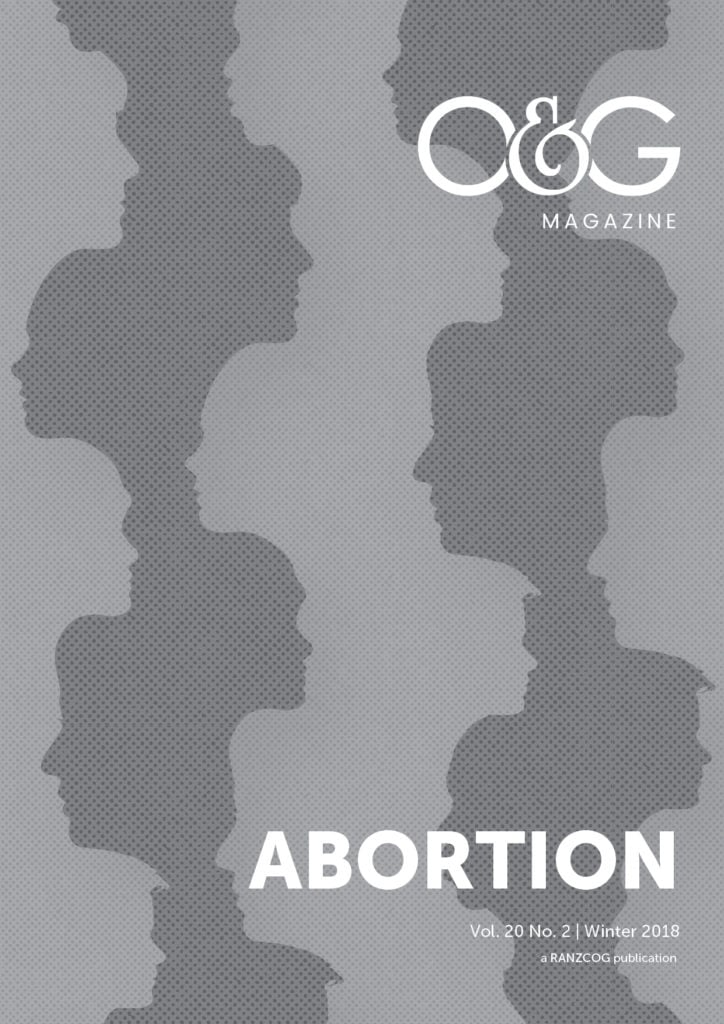Had time to read the latest journals? Catch up on some recent research by reading these mini-reviews by Dr Brett Daniels.
Widespread vaccination against human papilloma virus (HPV) commenced in Australia in 2007, initially in 12 to 13-year-old girls, with a catch-up program aimed at 14 to 26-year-old women continuing until 2009. The program involved three doses of the quadrivalent Gardasil vaccine against HPV types 16, 18, 6 and 11. This recent Australian study reports the effect of HPV vaccination on the prevalence of HPV infection in women aged 18–35 in 2015.1 In the sample studied, the three-dose vaccination rate was 65 per cent in women aged 18–25 and 40.3 per cent in those aged 25–35. Prevalence of HPV infection in the types covered by the vaccine decreased from 23 per cent in 2005–2007 prior to the program’s introduction to 1.5 per cent in 2015 among women aged 18–24 years, and from 12 per cent prior to the program to 1.1 per cent in 2015 among those aged 25–35 years. These large decreases in HPV infection have been observed despite many women not receiving three doses. The authors speculate that this may be due to efficacy of the vaccine after fewer than three doses and herd immunity. These conclusions are supported by the second study outlined below.
Outside of Australia, HPV vaccination programs have utilised a variety of vaccines, including the quadrivalent vaccine used in Australia, as well as bivalent and nonavalent (nine HPV types) vaccines. In each case, the vaccines provide coverage against HPV types 16 and 18, which are the types most commonly associated with cervical cancer. A recent review compared the experience of all three vaccines since their introduction 10 years ago.2 Among women aged 15–26 years, both the bivalent (Cervarix) and quadrivalent vaccines showed greater than 94 per cent vaccine efficacy against HPV 16 and 18 infection at six months post-vaccination. Data were not reported for the nonavalent vaccine (Gardasil 9). The disease endpoint of cervical intraepithelial neoplasia grade 2 or worse (CIN 2, CIN 3, adenocarcinoma in situ [AIS], adenocarcinoma and carcinoma) caused by any HPV type was prevented equally well by both Gardasil 9 and Cervarix. Gardasil, on the other hand, was significantly less protective than Cervarix against CIN 2 + from any HPV type. For the CIN 3 + endpoint caused by any HPV type, Cervarix provided 93 per cent protection, significantly higher than Gardasil. All three vaccines led to a decreased need for colposcopies and cervical excision procedures. On a global basis, the authors suggest there was no significant benefit in revaccinating women who had already received HPV vaccine. They also suggest that a single dose of Cervarix provided robust protection against HPV 16 and 18 and may provide the most effective strategy in low-income settings.
References
- Machalek DA, Garland SM, Brotherton JML, Bateson D, et al. Very low prevalence of vaccine human papilloma virus (HPV) types among 18 to 35 year old Australian women, nine years following implementation of vaccination. J Infect Dis. 2018 Feb 7. doi: 10.1093/infdis/jiy075.
- Harper DM, DeMars LR. HPV vaccines – a review of the first decade. Gynecologic Oncology 146 (2017) 196–204. Retrieved from: http://dx.doi.org/10.1016/j.ygyno.2017.04.004.






Leave a Reply